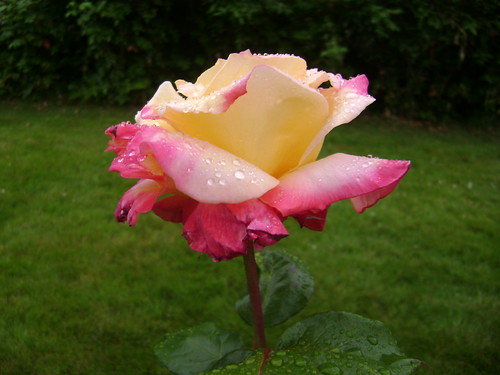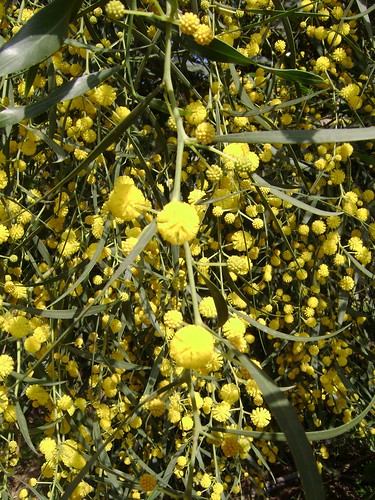Tea Rose
As if my tea obsession is not already enough, I have been recently obsessed with tea roses. There is much to be said about the sheer bliss that rests upon me when I burry my face in a gigantic hybrid tea rose. The cool petals in the summer, sometimes covered in dew, other times with dust, and always makes a rose garden shine with beauty. I always felt that tea roses are more rosy than any other kind. Rosa damascena is more full-bodied and wine like, Rosa centifolia (cabbage rose) a little lighter, and Rosa odorata (the Latin name for tea roses) is definitely the most peachy-perfect of them all. To my nose, anyway.
As it turns out, what makes tea roses smell the way they do is their orange colour, due to presence of beta carotene, and also a type of ionone, which is what make it smell as fresh as a cup of green tea.
I tried to recreate the experience by creating a tea rose soliflore, using two China roses - Rosa odorata and Rosa rugoza essential oils, highlighted by osmanthus and black current buds for extra fruitiness, and grounded with cassie absolute and green tea CO2 and just a touch of vanilla. The result was very much to my liking: cheerful and light rose with none of the muddiness that can so easily darken an all-natural rose fragrance, with ionone and tea depths that make it interesting and long lasting and quite diffusive.
Tea Rose is now offered as a limited edition via my Etsy shop.




